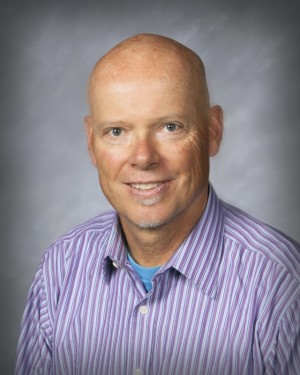Depression, suicide on the rise, survey says
Wenatchee survey reveals higher levels than state averages
Anxiety, depression, and suicide. Once swept under the tightly woven rug of ignorance, all of these problems have begun taking a center spotlight in schools across the nation.
With the media covering these topics regularly, it’s hard to ignore that there appears to be a rise in depression and suicide, and Wenatchee’s small community seems to be beginning to open the locked door. With embracing the conversation of depression, there also comes a revelation –– depression and suicide are problems here at Wenatchee High School. The Healthy Youth Survey, a survey taken every two years by middle and high schoolers, showed in 2012 and 2014 Chelan County had higher responses of depression and suicide than statewide proportions in more than one category.
In 2012 and 2014, the Washington State Healthy Youth Survey surveyed sophomore and senior students at WHS. The survey asked questions about suicidal thoughts, plans, and feelings of depression, and then compared the results to the statewide proportion.

One of the questions asked in 2012 was: “During the past 12 months, did you seriously consider attempting suicide?” Out of the sophomores polled at the time, 24 percent said yes. The statewide proportion? Nineteen percent. Taking in the number of students polled, and using the percentages for both statewide and WHS results, WHS AP statistics teacher Tom Alexander and Managing Features Editor Emily Cieslak concluded that the difference is significant, meaning it did not deviate from the statewide proportion by chance.
The teenage years are [also] hard because all of the expectations society puts on. As we get older, we get more mature and don’t worry so much about that.
— Counseling department head Mary Howie
In this year’s survey, the exact same question was asked –– and the results were alarmingly higher. Thirty-nine percent of polled sophomores at WHS said they were depressed, with a state response of 35 percent saying the exact same thing. Additionally, 25 percent of sophomores this year said they had considered suicide (statewide is 20 percent), rising one percent from the 2012 survey. Both of these proportions have a significant difference from statewide.
Although the class of 2015 was polled, the results for this year’s survey of seniors was not available at press time.

So, what has caused WHS to have such higher responses than the average state high school? Mary Howie, the counseling department head, said part of the problem is the high level of poverty within the community coupled with such a large school.
Howie also said societal conformity pressures and social media, in addition to the normal stresses of the teenage years, have contributed to the problem.
“The teenage years are hard. Boys and girls start looking at each other. You want to be accepted. There is more pressure in a high school situation,” Howie said. “The teenage years are [also] hard because all of the expectations society puts on. As we get older, we get more mature and don’t worry so much about that.”
Wenatchee School District Student Assistance Specialist Amy McCubbin, who has been following the trend of depression and alcohol abuse, noticed a correlation between the higher levels of alcohol abuse at WHS and depression.
“A lot of times, they [depressed youth] turn to alcohol to cope,” McCubbin said. “It’s a double-edged sword, because alcohol is a depressant, so it can exasperate the symptoms of the condition.”
Whatever the cause of the issue, it is evident that WHS has a problem with depression and suicide. Just this school year, two students have taken their lives.
“We are talking more about depression now. It is becoming more acceptable to talk about it, and we are seeing all these ads on TV about ‘Are you depressed?’ and about medication and anxiety,” Howie said. “Do we have more of it [depression], or do we have more people who are willing to talk about it? I kind of think we have more [people struggling with depression]… because the stressers are greater today.”
Check back tomorrow for part two of our reporting on depression.







Suicide Prevention Coalition of North Central Washington • Apr 7, 2015 at 9:47 am
What is missing in this article is where to get help if you are depressed or suicidal, or if someone you know is.
There is help for students and teachers by calling the National Suicide Prevention Lifeline 1-800-273-8255 in English, or 1-888-628-9454 in Spanish, LGBTQ Trevor Project 866-488-7386.
Locally calling the Chelan Douglas Crisis Line 509-662-7105 or crisis walk-in at 701 N. Miller Street Wenatchee, WA 98801
Depression is treatable. There are counseling services at Catholic Family & Child Services, Columbia Valley Community Health, Children’s Home Society as well as Confluence Behavioral Health in addition to private counselors in the area.
Warning signs of suicide are present in 80% of most people. Knowing the warning signs can help you to save a life. The Suicide Prevention Coalition of North Central Washington is more than happy to provide QPR Gatekeeper Suicide Prevention Training to middle school and high school students, parents, and teachers. Email [email protected] or call 509-888-2118 to schedule a class
Amanda grace • Apr 6, 2015 at 9:15 pm
Its not just society at this school.
Its how the teachers put so much pressure on students also, its how the teachers choose favouritism and students dont feel they even need to attend class. This school tries to act like they care about bullying, suicide and depression but they dont untill someone takes their life. Teachers also help this depression situation.so yeah it may be society and trying to fit in but its also the society within which we live everyday including schools.